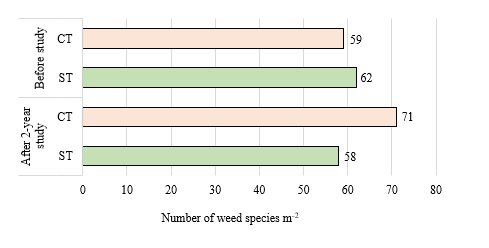Abstract
#Urethral stricture is a relatively common disease in men and remains a
reconstructive difficulty for urologists. It is associated with an
unequivocal negative impact on the quality of life. The etiology is
variable and the incidence is increasing in recent years with more
frequent application of #endoscopic instruments and indwelling catheters.
Some of the most common etiologies of stricture disease include lichen
sclerosis (LS), #trauma, iatrogenesis, and infection [1-2]. #Urethroplasty
is considered the gold standard treatment for definitive correction of
the disease reaching a success rate of 90%. Most of these strictures are
short enough to make end-to-end urethral opposition. Normally, grafts
are used when the strictures are too long or when patient already
underwent a previously failed reconstruction attempt. The #buccal mucosa\
is the most commonly used graft source [3]. The aim of this study was to
investigate the correlation between urethral stricture etiology and
length with the success rate in a large double-center series using the
same surgical technique. We retrospectively collected the data of448 consecutive patients
affected by urethral stricture who received surgery at University of
Southern California of Los Angeles (USC) and University of Rome (UCBM)
from 1998 to 2014. Patients were categorized based on the length of
stricture in three different groups: group A 1-1.9 cm; group B 2-3cm and
group C >3.1 cm.
For more articles on BJSTR Journal please click on https://biomedres.us/
For more Medical Microbiology Articles on BJSTR
Urethral Structure Length ≥ 2 cm is Significantly Associated with Lower Urethroplasty Success Rate, Results of our Large Case Series by Cristina Falavolti in BJSTR
Follow on Twitter : https://twitter.com/Biomedres01
Follow on Tumbler: https://biomedres.tumblr.com/
Like Our Pins On : https://www.pinterest.com/biomedres/



No comments:
Post a Comment
Note: Only a member of this blog may post a comment.